




Product Overview:
This tutorial examines the simulation of CFRP-jacketed reinforced concrete beam-column joints using Abaqus. In the construction industry, various strengthening materials are employed for reinforcing affected structural components, including steel plates, ferrocement, and fiber-reinforced polymers (FRP), with steel jackets being the most prevalent choice. However, traditional steel jackets can increase the overall weight and dimensions of structural elements. Alternatives such as corrugated or plain steel plates have been explored for use in concrete frames, but FRP-based solutions have garnered attention due to their lightweight nature, high strength and stiffness, corrosion resistance, ease of implementation, and excellent fatigue properties. These advantages make FRP a compelling option for restoring joints to their desired load-carrying capacities.
In this simulation, both the concrete beam and column are modeled as three-dimensional components using the Concrete Damaged Plasticity (CDP) material model. The beams are represented as wire parts crafted from steel, while the CFRP sheets are modeled as shell components utilizing Hashin’s damage criterion.
To accurately represent the loading conditions, a general static step is employed. The interaction between the CFRP sheets and the concrete structure is modeled as perfect contact, with beam components embedded within the concrete. It’s important to note that mesh quality plays a critical role in obtaining reliable results.
After running the simulation, key outcomes such as tensile damage, maximum deflection, CFRP damage, and the force-displacement diagram can be analyzed.

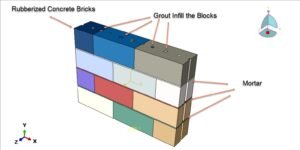
Abaqus
€79,00 €38,00
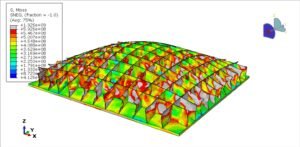
Abaqus
€68,00 €34,00
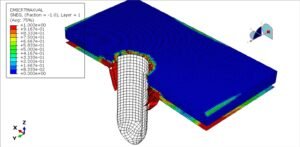
Abaqus
€77,00 €39,00
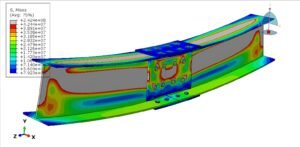
Abaqus
€79,00 €39,00
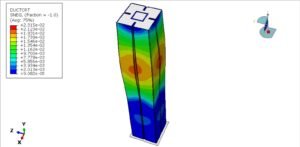
Abaqus
€75,00 €37,00
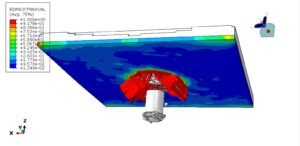
Abaqus
€76,00 €38,00
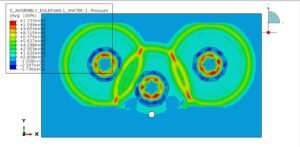
Abaqus
€79,00 €38,00
See more

Want to receive push notifications for all major on-site activities?